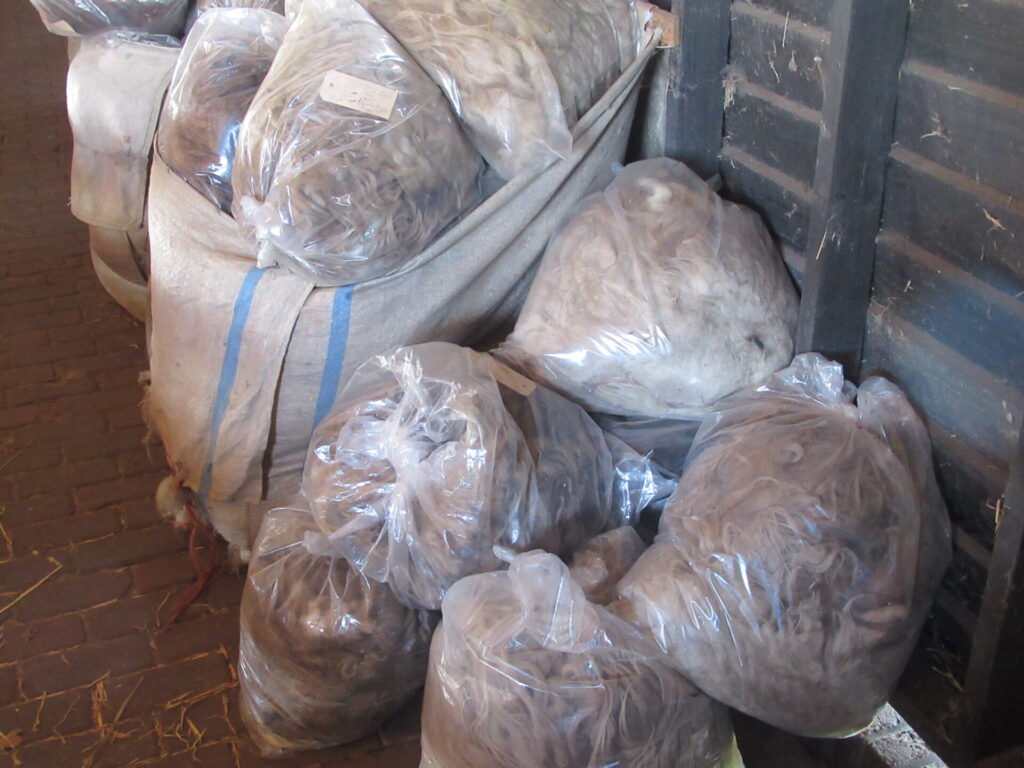
Hello!
First of all, thank you for all of your comments about the yarn colours for my fingerless mitts. You were unanimous: blue and cream for the 2-colour mitts,
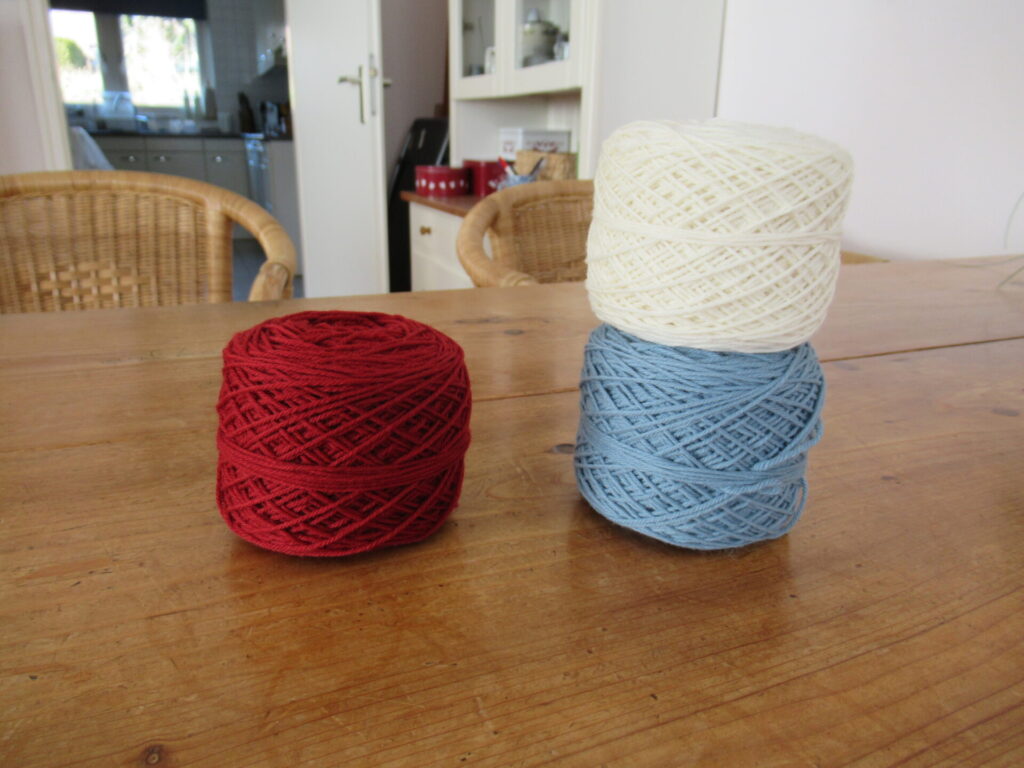
and red for the single colour version.
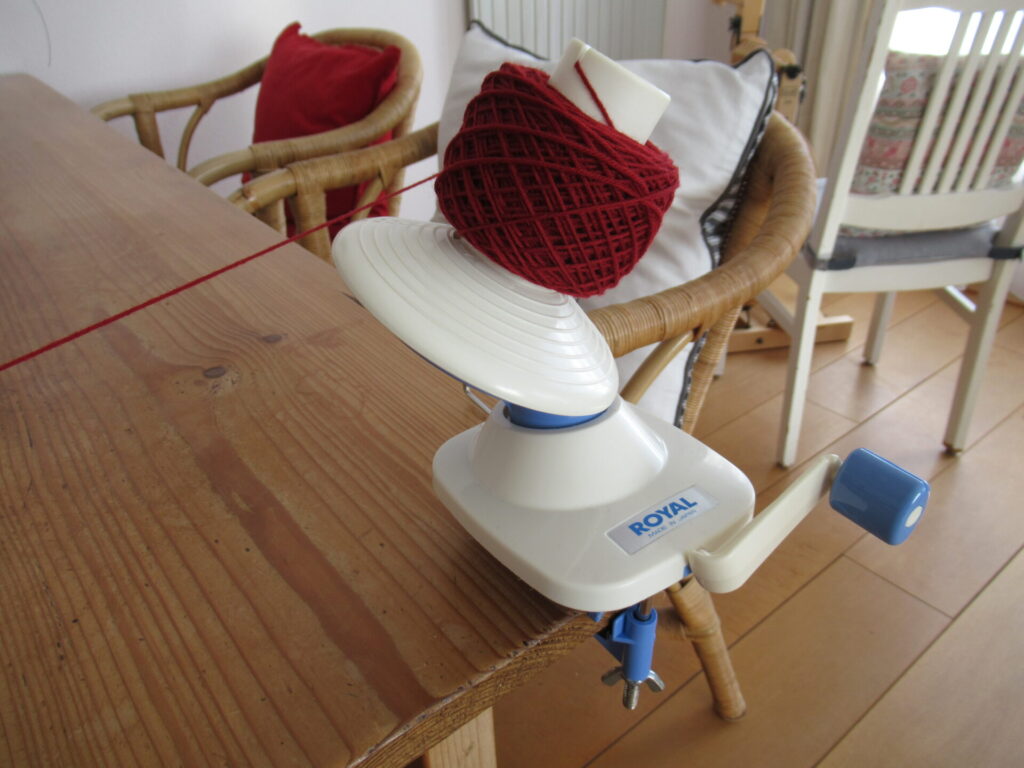
So that’s what it’s going to be. I’ve wound the yarn into balls and am looking forward to starting, but first more swatches and prototypes.
Now on to today’s subject – wool rescuing.
We have quite a few sheep in the Netherlands (at the moment about 1 million), and by far the most of them are of the Texel or Swifter breed. I photographed some of our farmer-neighbour’s Texels or Swifters (I can’t tell the two apart, to be honest) on a misty morning earlier this week.
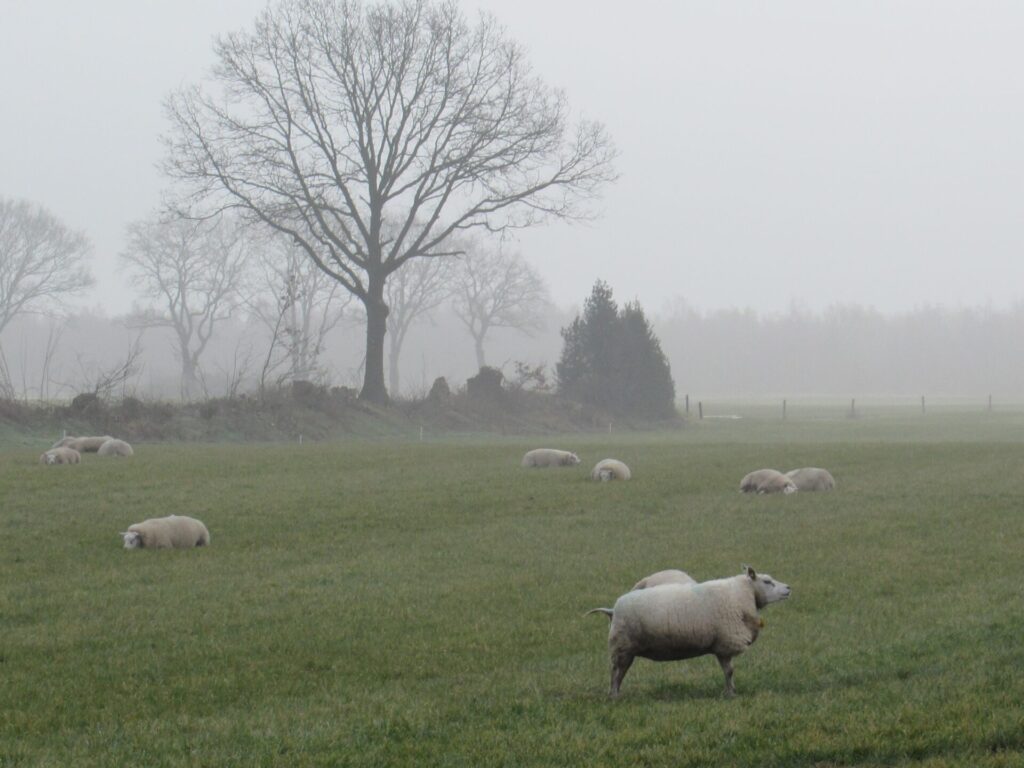
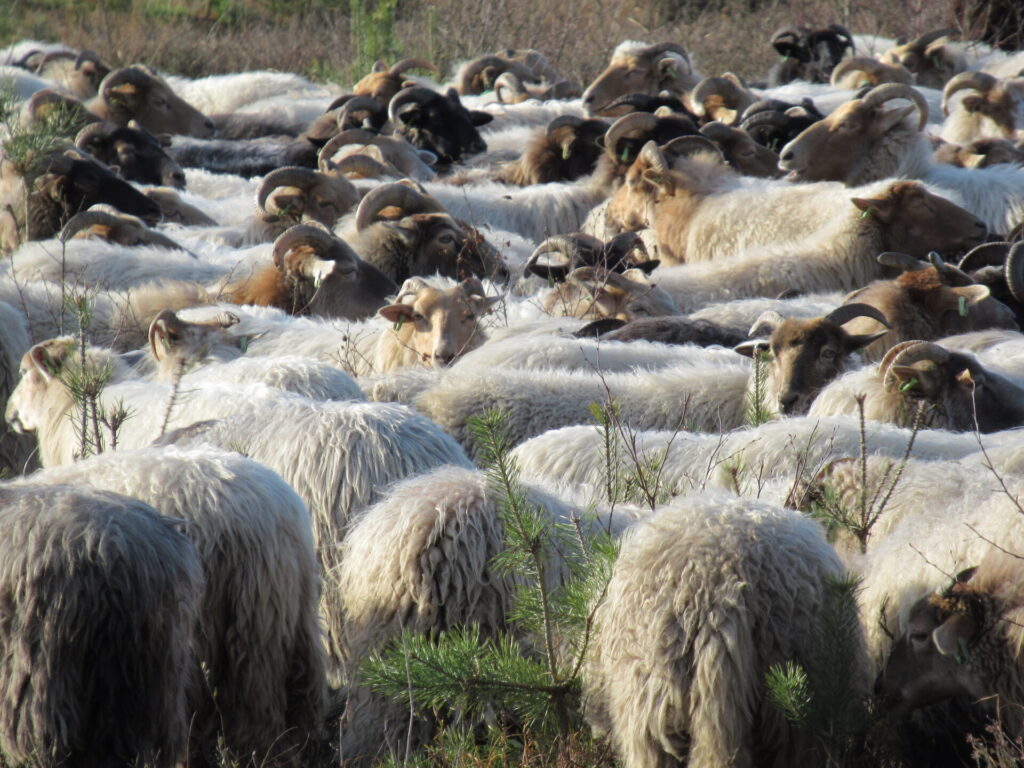
I enjoy the presence of sheep in the fields surrounding us. I love sheep’s cheese and yoghurt, and as a knitter and spinner, I am obviously also interested in their wool.
Until 1988, we had a Dutch Wool Federation – a cooperative that took care of the entire wool chain, from raw wool to end products like blankets, warm underwear and knitting yarns. They even had their own shops.
The name Nederlandse Wolfederatie still exists, but today it is an organisation that sells things like sheep shearing equipment, veterinary medicines and other things farmers may need. Seeing their buckets in our neighbour’s field evokes feelings of nostalgia for me. The logo reminds me of all the hanks of wool I transformed into pullovers, vests, cardigans and scarves as a teenager.
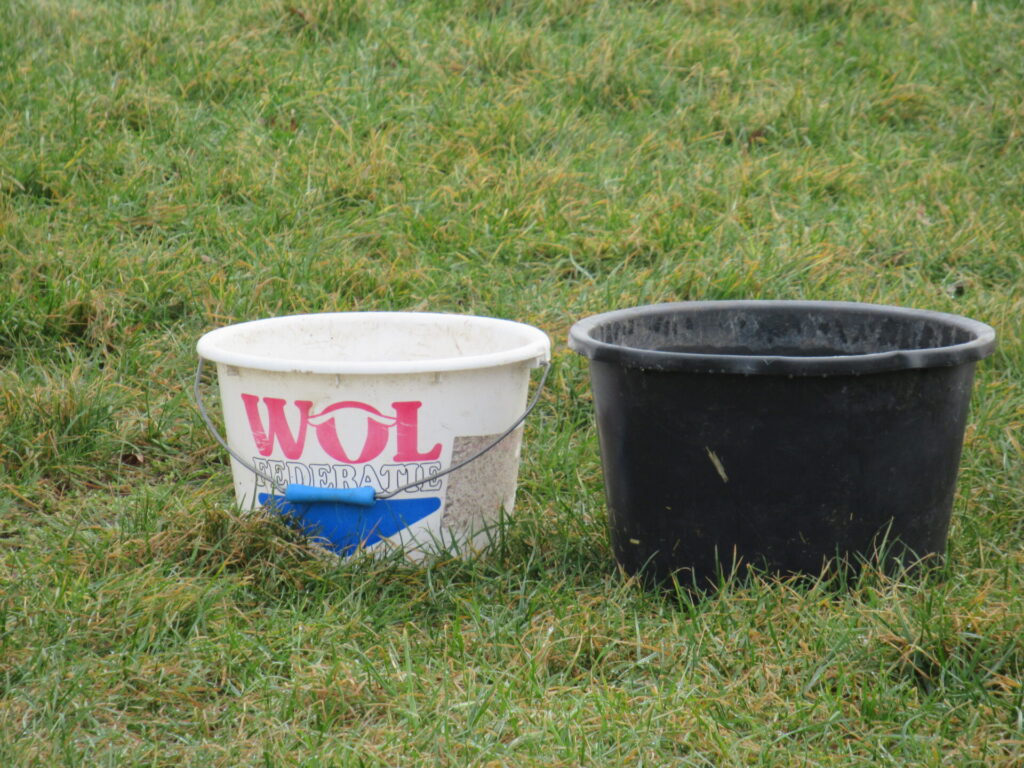
Sadly, almost all of the wool from our sheep is now considered ‘garbage’ and shipped to China, where it is used for low-grade purposes. The last spinning mill in our country closed its doors in the 1980s.
But there is good news! A group of people in Friesland have started an initiative to rescue our wool and find ways to use it locally. In 2019, they decided to adopt a flock of sheep, found people willing to spin the wool and others prepared to weave, knit and crochet blankets from them.
In spite of the Covid-restrictions, they were able to organize an exhibition of all these blankets in 2020. Hats off to them! I haven’t been able to visit the exhibition myself, but have admired the blankets on their website.
And now they have recorded their experiences in a Wool Rescue Handbook.
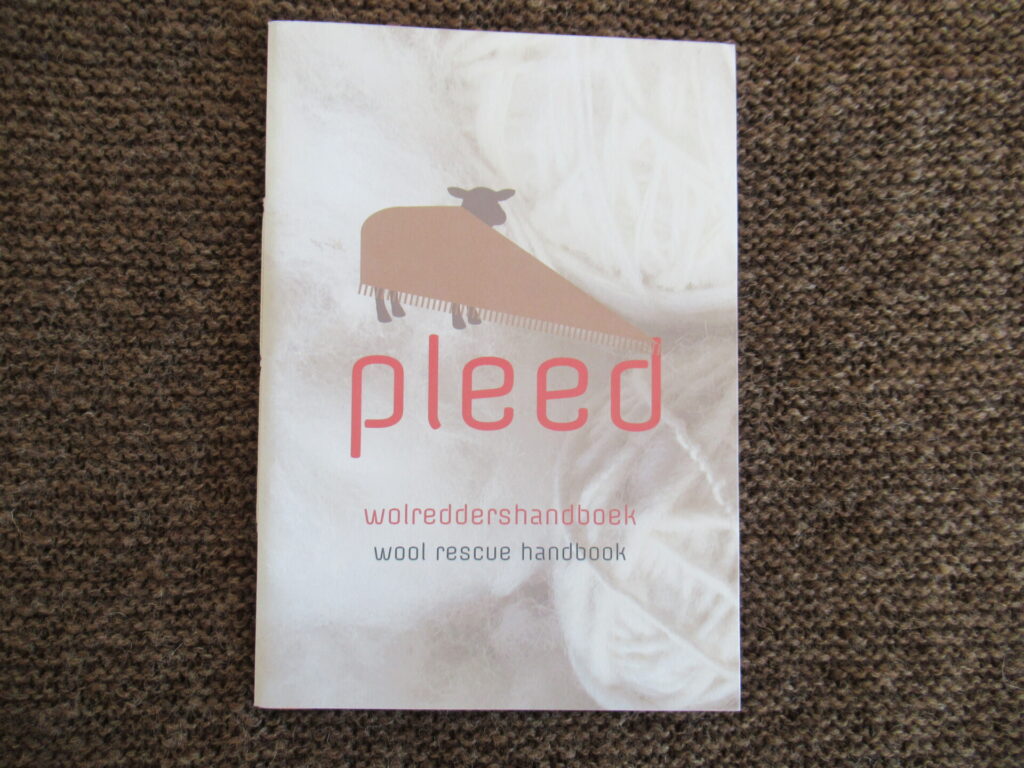
It’s a lovely 60-page booklet packed with tips and advice for anyone who would also like to rescue some (or a lot of) local wool. The text is in both Dutch and English, and is accompanied by many photographs.
With a subtle sense of humour, the booklet takes us through the entire wool-rescuing process step by step. Step one is ‘Find a sheep’. There are practical tips about washing, carding, spinning and felting. There is also a lot of information about the people side of things – finding volunteers, publicity, involving schools and so on. And they have thought about the financial side, too.
What I love about this booklet is that it is not just about how to organize things, but also about fun and enjoyment. Below you can see the pages dedicated to a very important step – ‘Enjoy’.
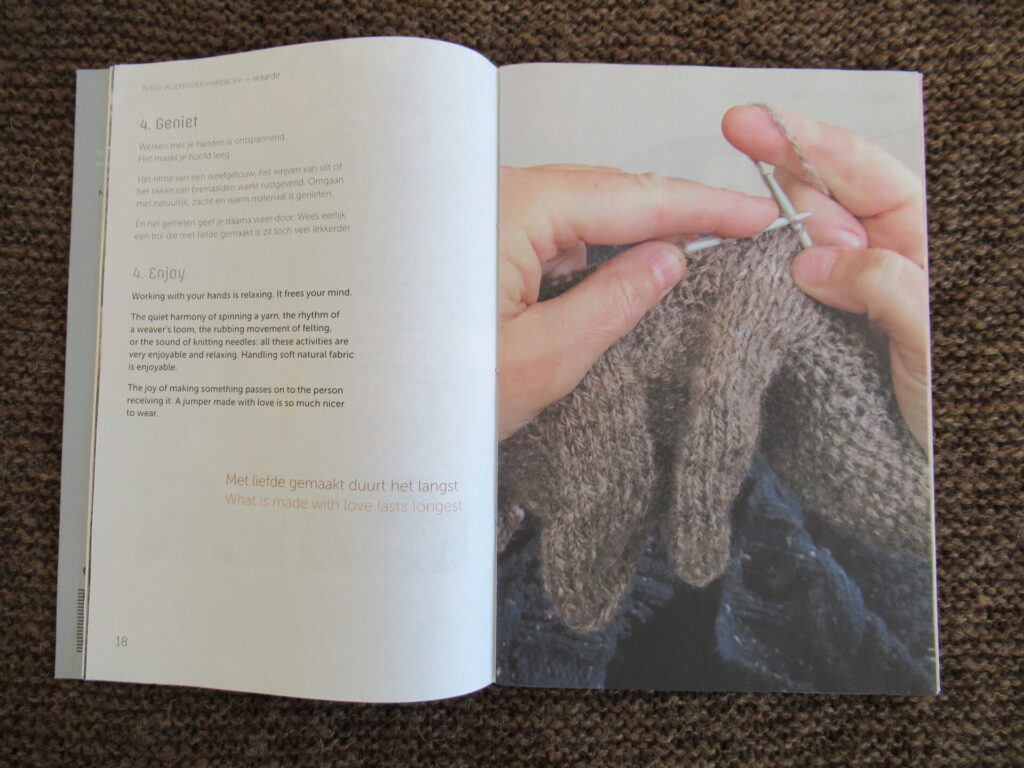
A quote from this page: ‘The joy of making something passes on to the person receiving it. A jumper made with love is so much nicer to wear.’ And another one: ‘What is made with love lasts longest.’
Apart from the actual text, everything else about the Wool Rescue Handbook also speaks of love of the entire process. The front and back flaps can be folded out and show diagrams of wool as waste versus wool as a resource. The paper for the booklet was chosen with care, the layout is done beautifully, and there are just so many interesting photos to look at.
Just look at the spread in the middle, about starting a spinning club:
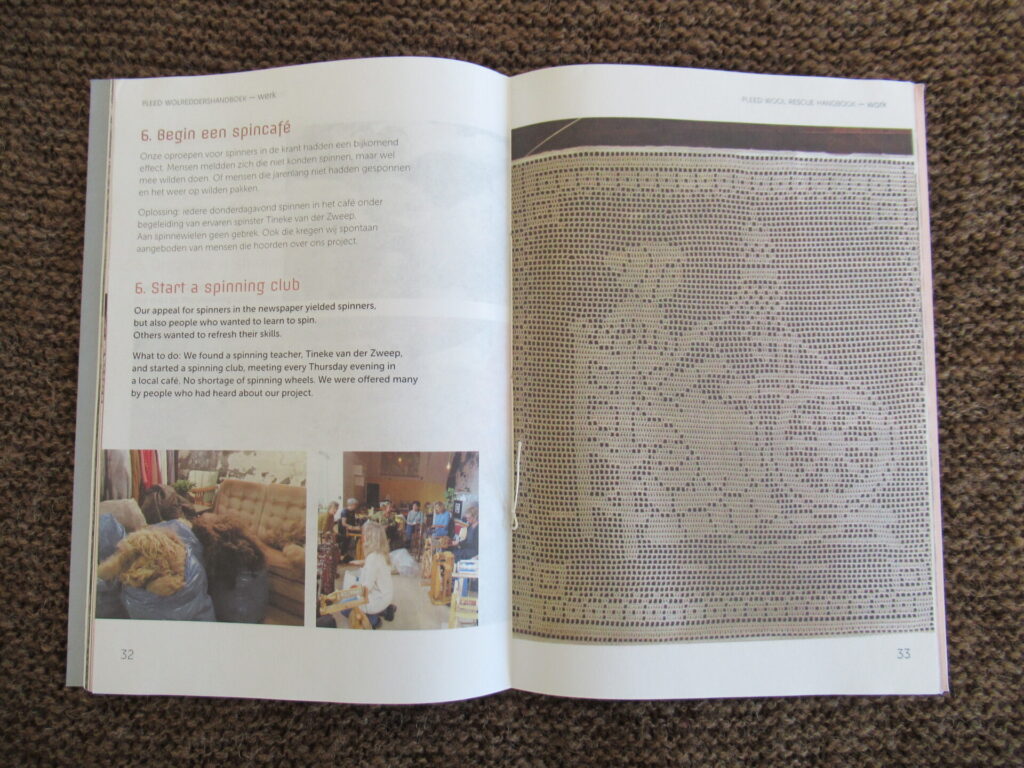
Lovely, isn’t it? The booklet has a sewn binding, and I wouldn’t be surprised if someone has spent many hours lovingly sewing every single copy by hand.
And this is just the beginning. There is now a series of baby blankets underway, and there are plans for a new spinning mill in the North of Friesland, a rug weaving studio in the Frisian capital Leeuwarden, as well as noises about similar groups in other parts of the country.
The initiative is called Pleed. (That is how the word ‘plaid’ in the meaning of throw or blanket is pronounced in Dutch.) If you’d like to know more, please visit the website (in Dutch, but with interesting photos and videos). More information about the Wool Rescue Handbook can be found here. Send them an e-mail if you’d like to order a copy.
I’m in awe of the energy and productivity of these people. I’ve never spun a blanket quantity of yarn. What I spin is a sweater quantity at most, and often even less to make a shawl or wrap.

And when it comes to wool rescuing, I’m doing that on a very modest scale, too. I’m currently spinning a tiny quantity of Friesian Dairy Sheep’s wool. More about that when it’s all spun and plied.
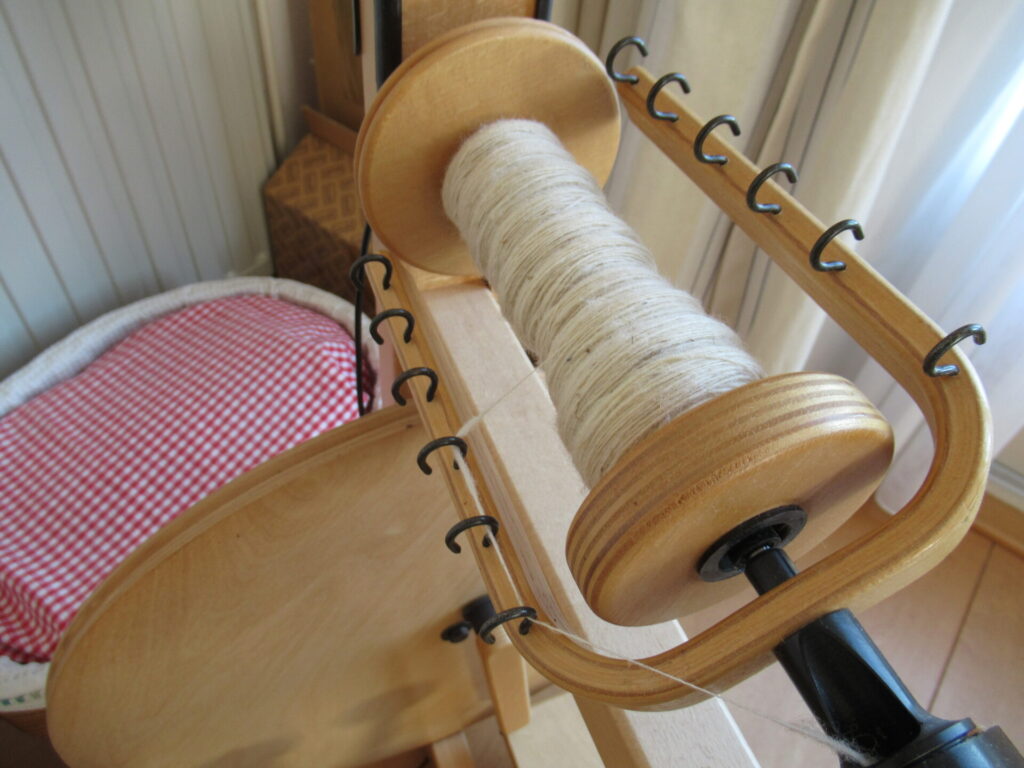
Interesting reading! I believe there is a similar movement here in Sweden also to rescue Swedish wool. But I think we still have at least one commercial spinning mill left. Ha! Must investigate this.
Could it be Ullcentrum? I’ve seen some wool from them, but am not sure if they have their own spinning mill or have their wool spun elsewhere.
Would you perhaps know the name of the movement in Sweden? It would be nice to contact them. Best wishes, Dorine from Pleed
I did some quick research. Östergötlands ullspinneri and Båvens ull both seem to be operating mills.
There is a homepage only in Swedish alas called Ullförmedlingen with more info.
I think there are some spinning mills in Norway also but I am not sure.
This is so interesting, Marijke. And though I can’t read Dutch the graphics and photos are informative. Avoiding waste is good! I’m off to explore the internet for more information about wool rescuing!
It’s good to hear that it was interesting for you. Are you a spinner too?
Thanks – so very interesting.
It’s always good to see you here. Thank you for reading.
Hi, Dorine from Pleed here. Thank you Marijke for your wonderful review!
And others: thank you for your interest in Pleed. We will post some information in English on our website. There are some short videos with English subtitles -> https://www.pleed.nl/wol-waarde-werk/
Hi Dorine. Glad I’m able to support your wonderful initiative in a small way.